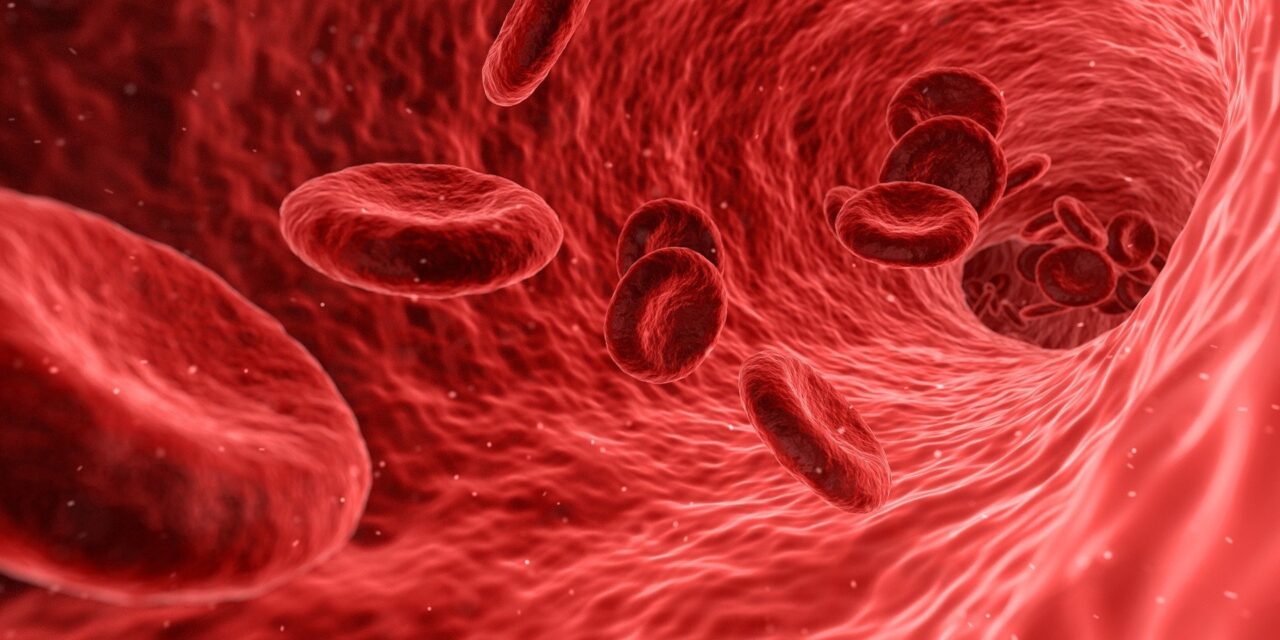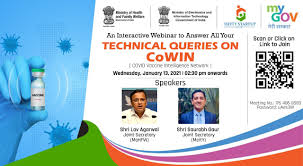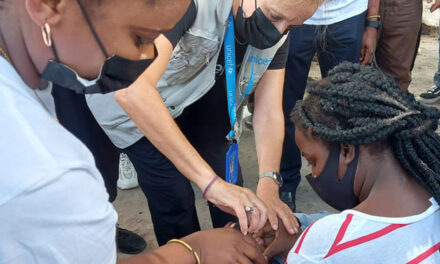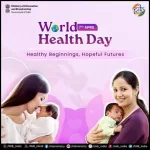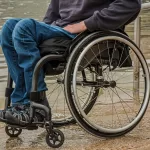New Delhi, Feb 22: Acute Myeloid Leukaemia (AML), a severe form of blood cancer, continues to pose significant health challenges in India, with late-stage diagnoses and limited treatment accessibility affecting patient survival rates. Despite advancements in medical science, disparities in healthcare infrastructure and socioeconomic factors remain major hurdles, particularly in rural regions.
AML is the most common type of leukaemia in adults, characterized by the rapid proliferation of abnormal blood cells that impact the blood and bone marrow. Notably, in India, the median age of AML diagnosis is lower, around 40 years, compared to Western countries. Unfortunately, many cases are detected at later stages, contributing to poor prognoses and reduced survival rates.
Several barriers impede effective AML treatment, including fragmented referral systems, inadequate diagnostic facilities, financial constraints, and insufficient hospital infrastructure. Socioeconomic disparities further worsen access to care, with rural patients facing logistical difficulties in traveling to specialized centers, while private treatment remains unaffordable for many. Public hospitals, meanwhile, often grapple with resource shortages, affecting timely intervention and comprehensive treatment.
To combat these challenges, the Government of India has implemented healthcare initiatives such as Ayushman Bharat, aimed at expanding access to cancer care. However, additional measures are necessary to improve outcomes. Key solutions include raising awareness among primary healthcare providers, establishing decentralized diagnostic centers, strengthening public-private partnerships, and developing standardized treatment guidelines to ensure uniform care delivery.
Enhancing AML care requires a multi-pronged approach that addresses systemic barriers, expands early diagnosis programs, and ensures affordable and timely treatment for all patients. Strengthening healthcare infrastructure, bolstering policy interventions, and fostering greater collaboration between stakeholders will be pivotal in bridging the existing gaps and improving patient outcomes in India.
Disclaimer: This article is for informational purposes only and should not be considered medical advice. Patients are encouraged to consult healthcare professionals for diagnosis and treatment recommendations.

